There is much to be learned by analyzing their approach to driving as compared to our approach to learning our particular form of art. Do you think that the driver was born with the knowledge of how to drive and win races? Heck no!
That person had to first learn how to start a car, then how to coordinate the gas, brake and master the clutch in order to shift gears smoothly. Then there were no doubt years and hundreds of miles spent racing on flat tracks before they ever got to drive on the banked ovals.
So, you may ask, "What in the world does that have to do with art?"
YES! Race car drivers and artists do have a lot in common. They are both going 100 miles an hour and running around in circles. The point is that there is a learning curve that we all have to master to become conversant with the materials of our particular art form. The uneasiness we feel when we are presented with new materials or situations is one that is universally familiar no matter whether we are striving to become more proficient on the race track or in the dye pots. There is something new that we both have to master. And yet it is only through trial and error that our conversation with any material (or machinery) becomes smooth and in our comfortable control.
When a baby first begins to talk there is a period of learning new words before those words suddenly string together into sentences and then it seems mere seconds before those sentences string into conversation and then they never shut up. Kind of like run on sentences. Now looking back those first conversations may only be meaningful in the context of the time period in that child's development. Why should art be any different? Becoming proficient in the language of art requires a certain amount of desire and a willingness to begin at the beginning and work to master technique - whether it is designing a pattern, pulling loops, finishing or learning to dye wool. Please do not hold back stating that you have no talent, because truly, talent is just a lot of hard work. Sure, I believe many people have an aptitude for art, but unless they are willing to put in the hours it takes to learn the language the conversation can never occur. Success requires effort and while what you see may seem so effortless, you are just not aware of the years of thought and the all effort of taking small steps that built up to what is now referred to as talent.
So fearlessly jump in and start taking those baby steps. Before long you will be the master of all you strive to command. . . well, except cats and husbands.

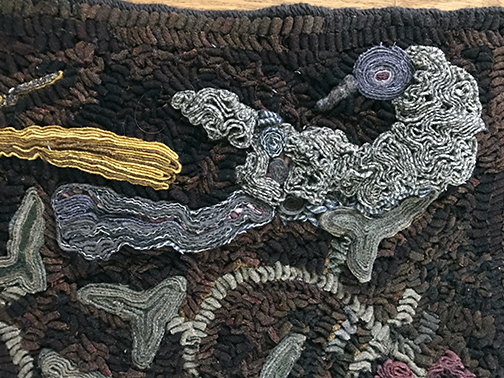
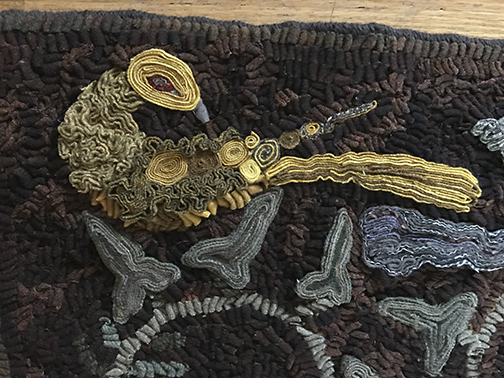
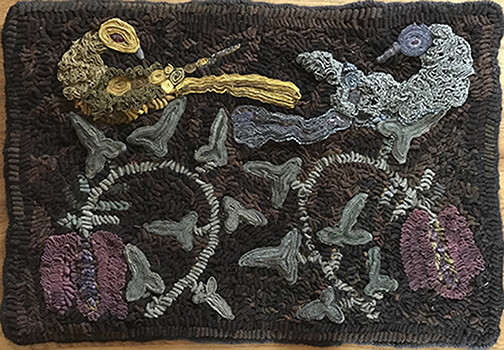
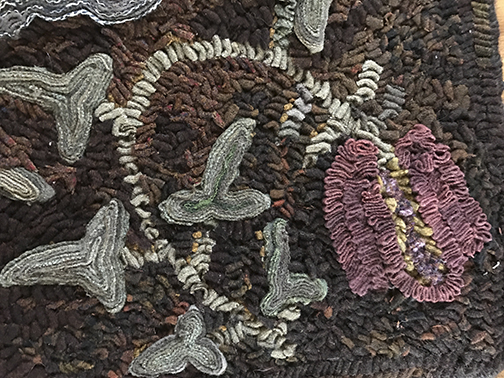
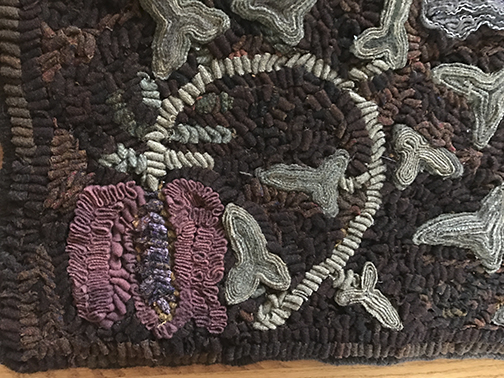
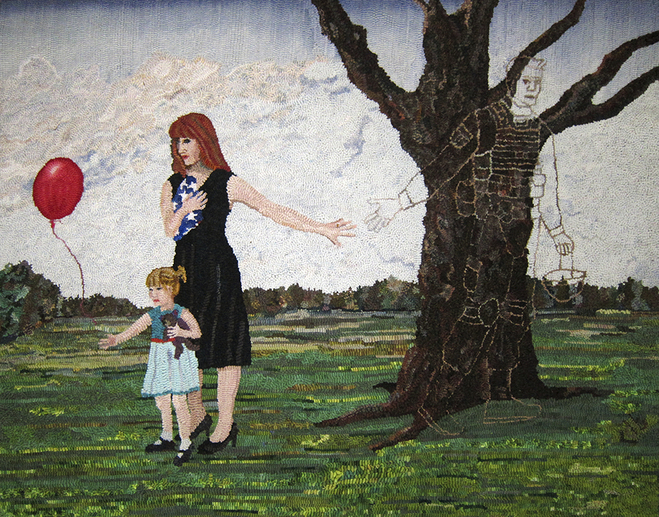
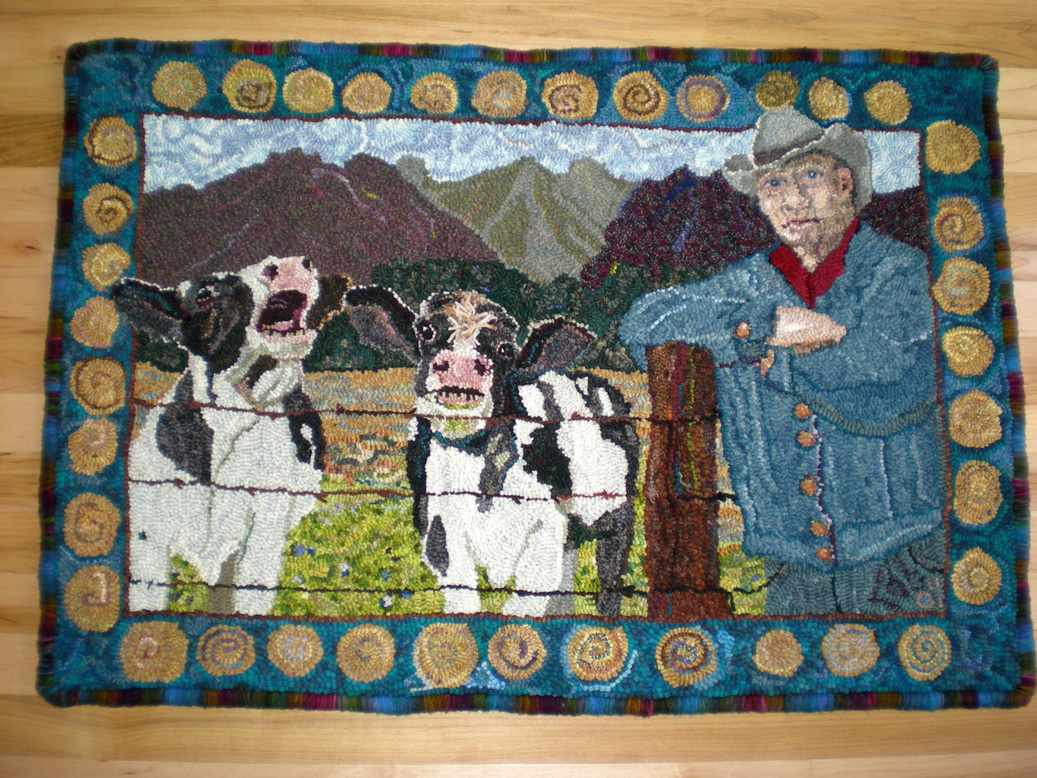
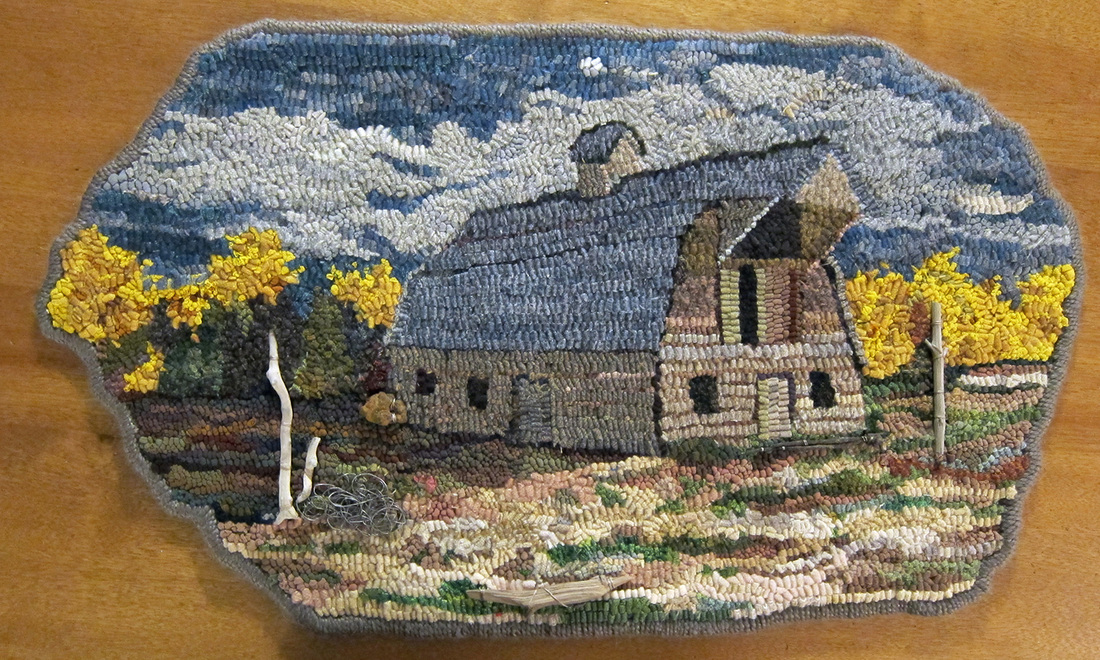
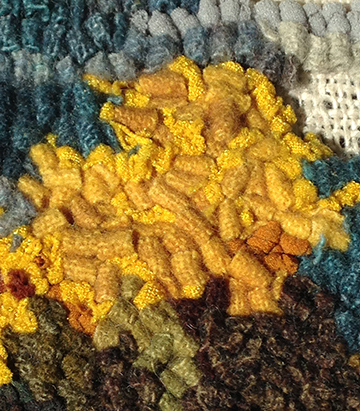
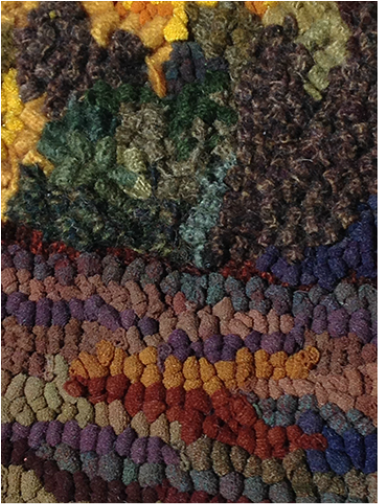
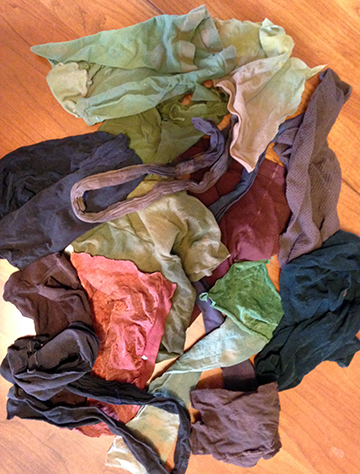
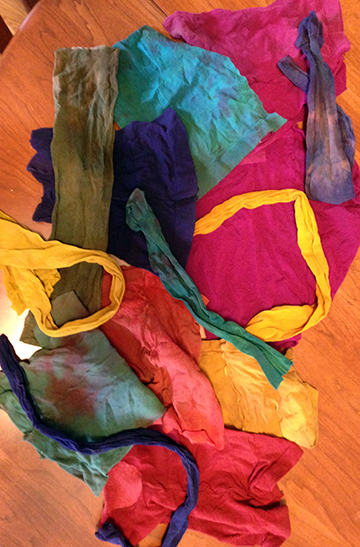
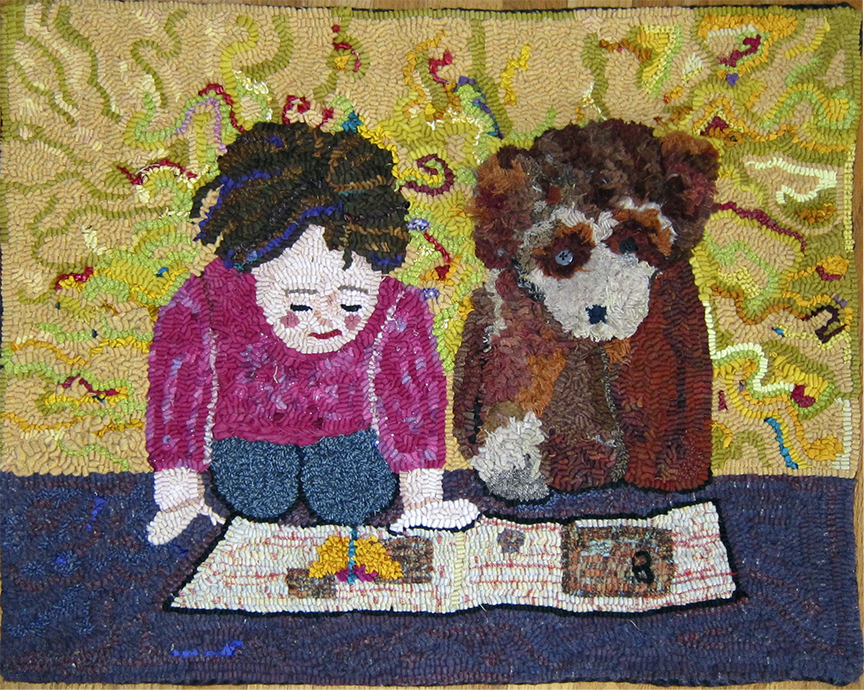
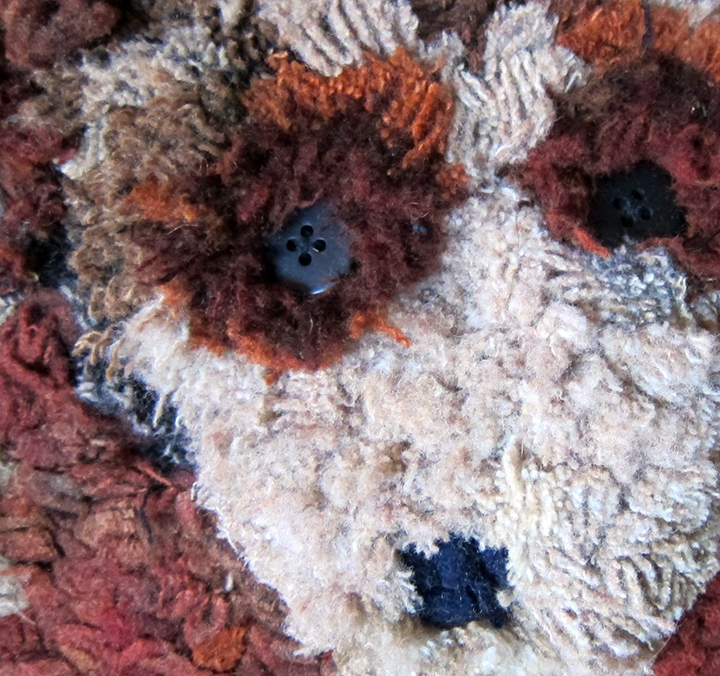
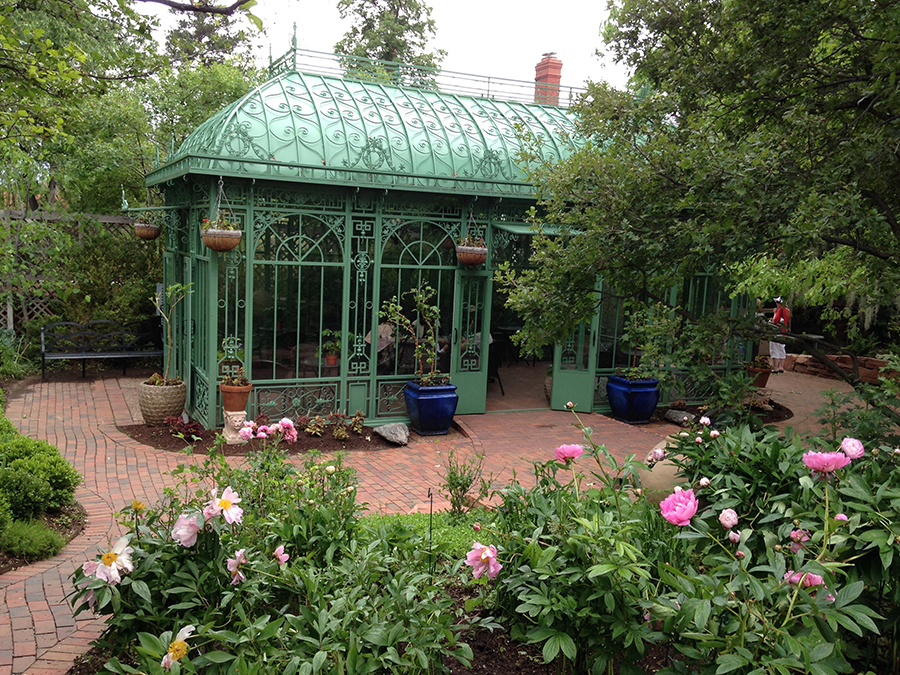
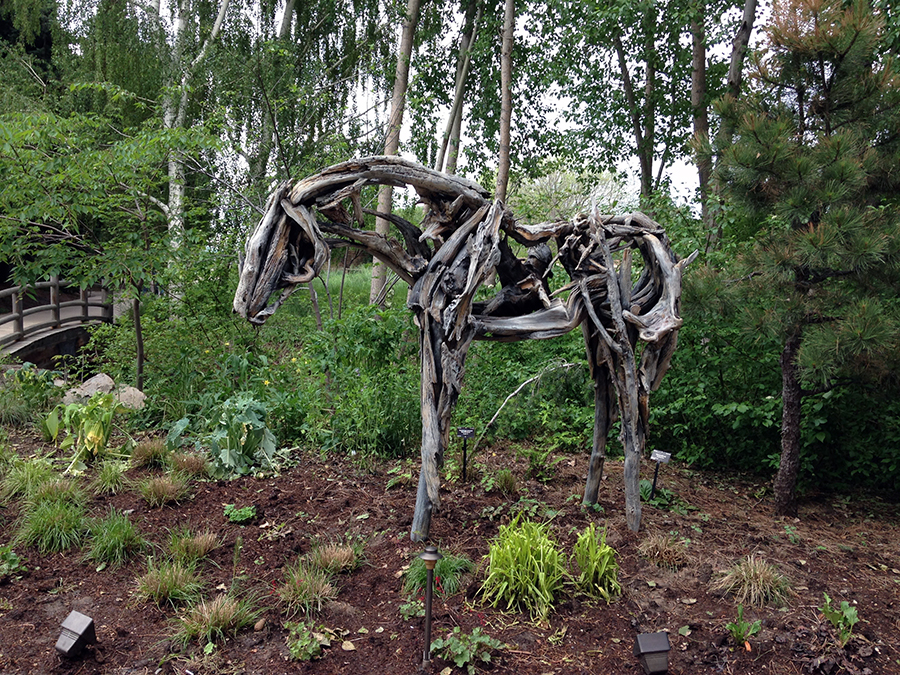

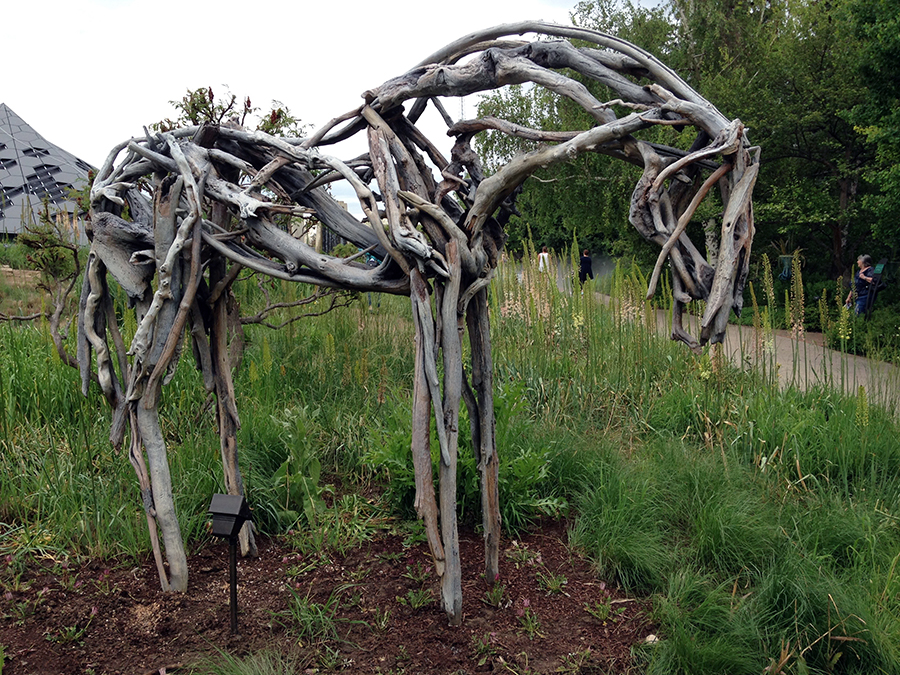
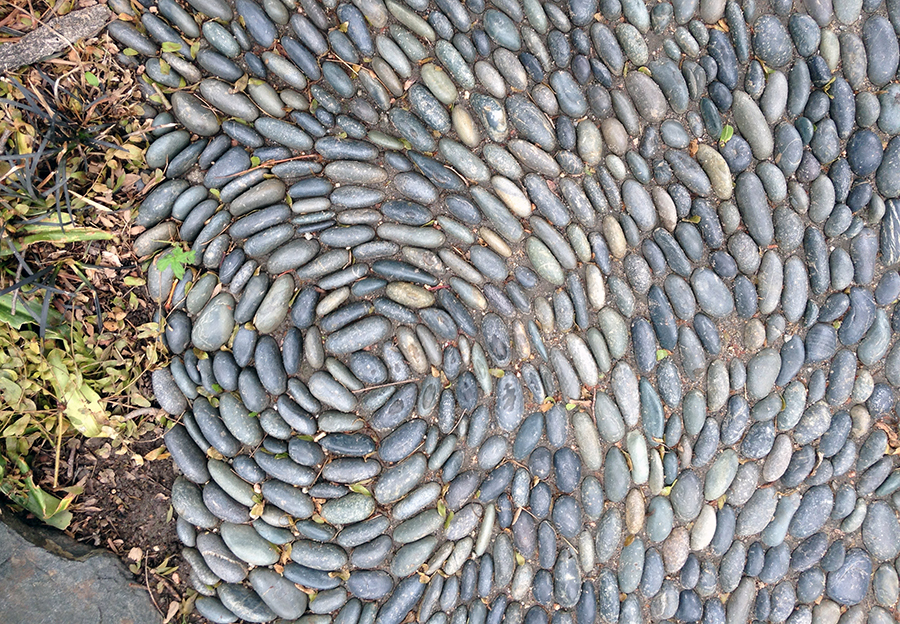
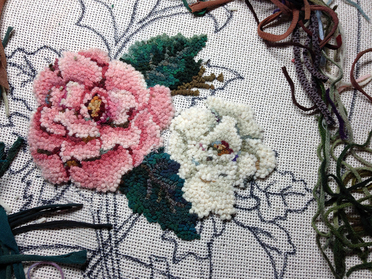
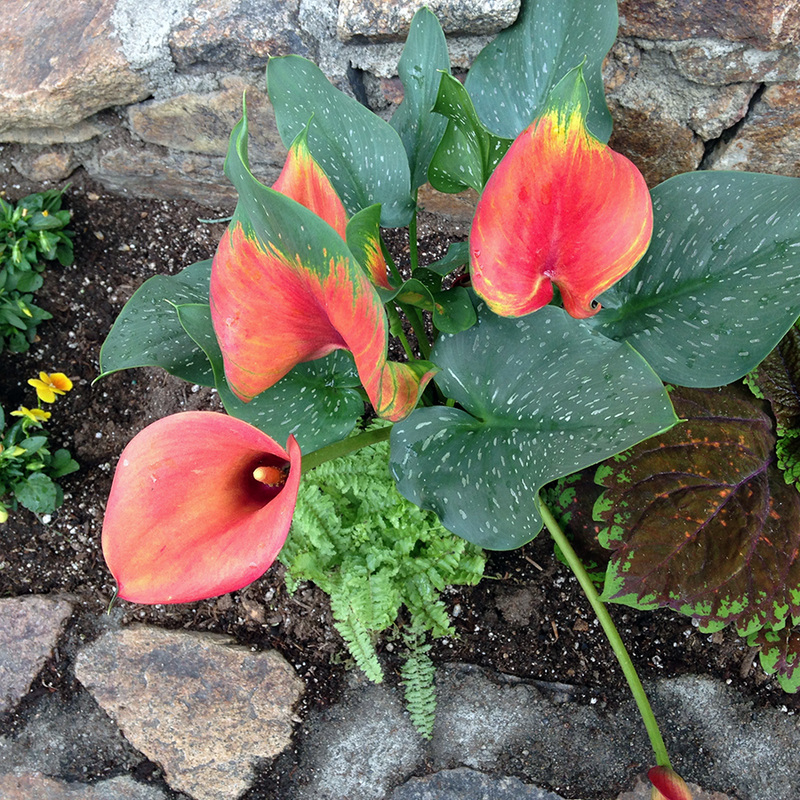

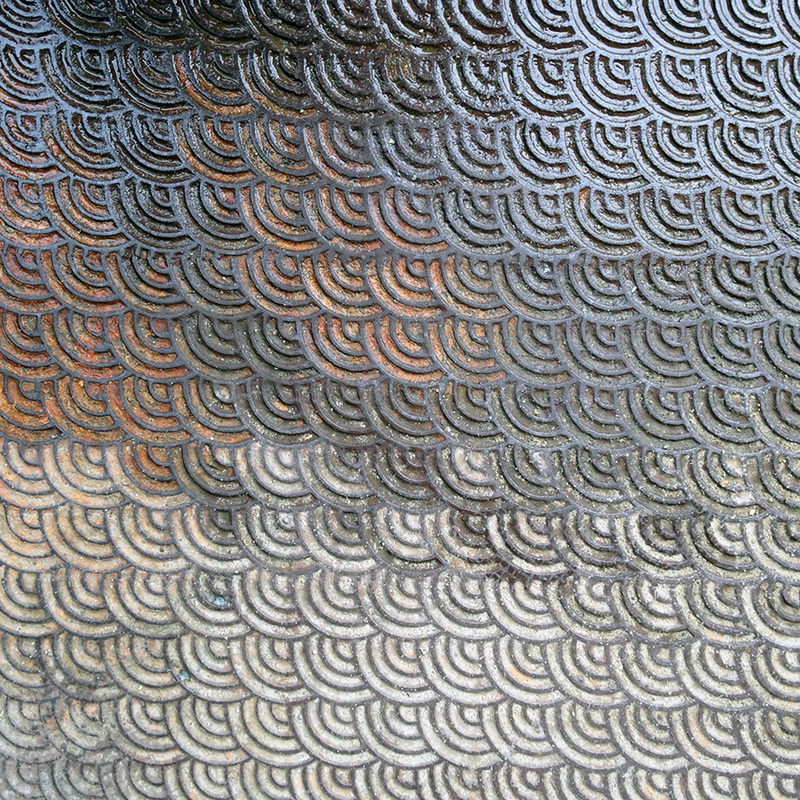

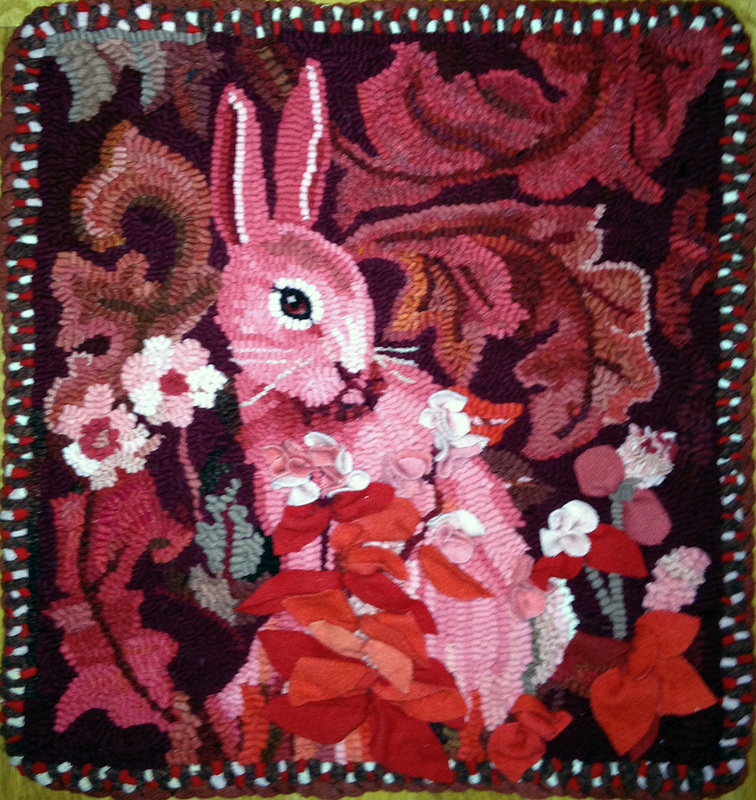
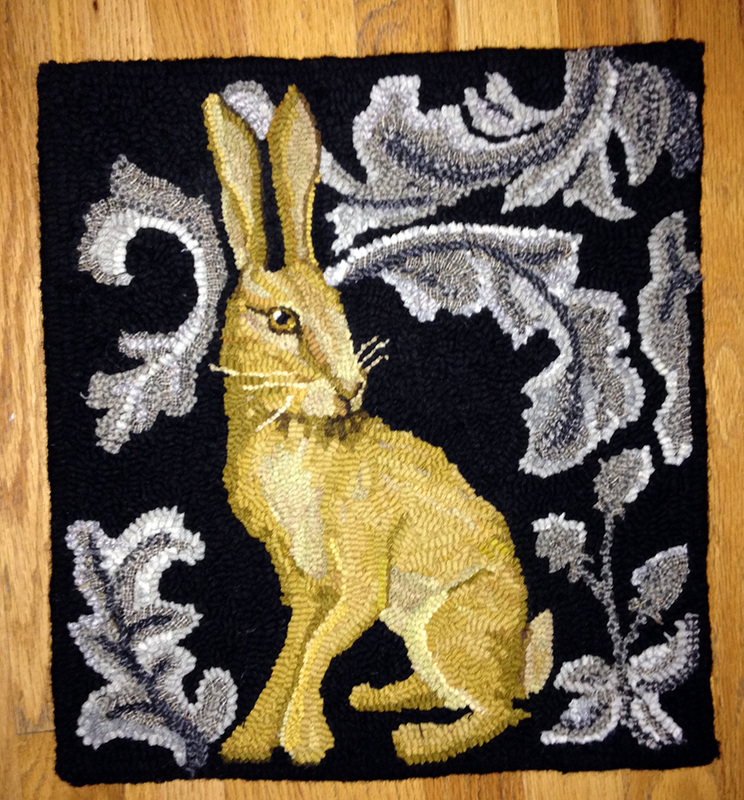
 RSS Feed
RSS Feed